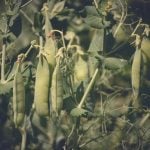“…we’re promoting the use of certified seed, which means we’re only promoting about 12,000 tonnes, which is all there is available in the country.” – LOREN STODDARD, USAID Thousands of tonnes of wheat seed are being distributed across Afghanistan, but this will meet only a quarter of demand so Afghans will rely heavily on imports



